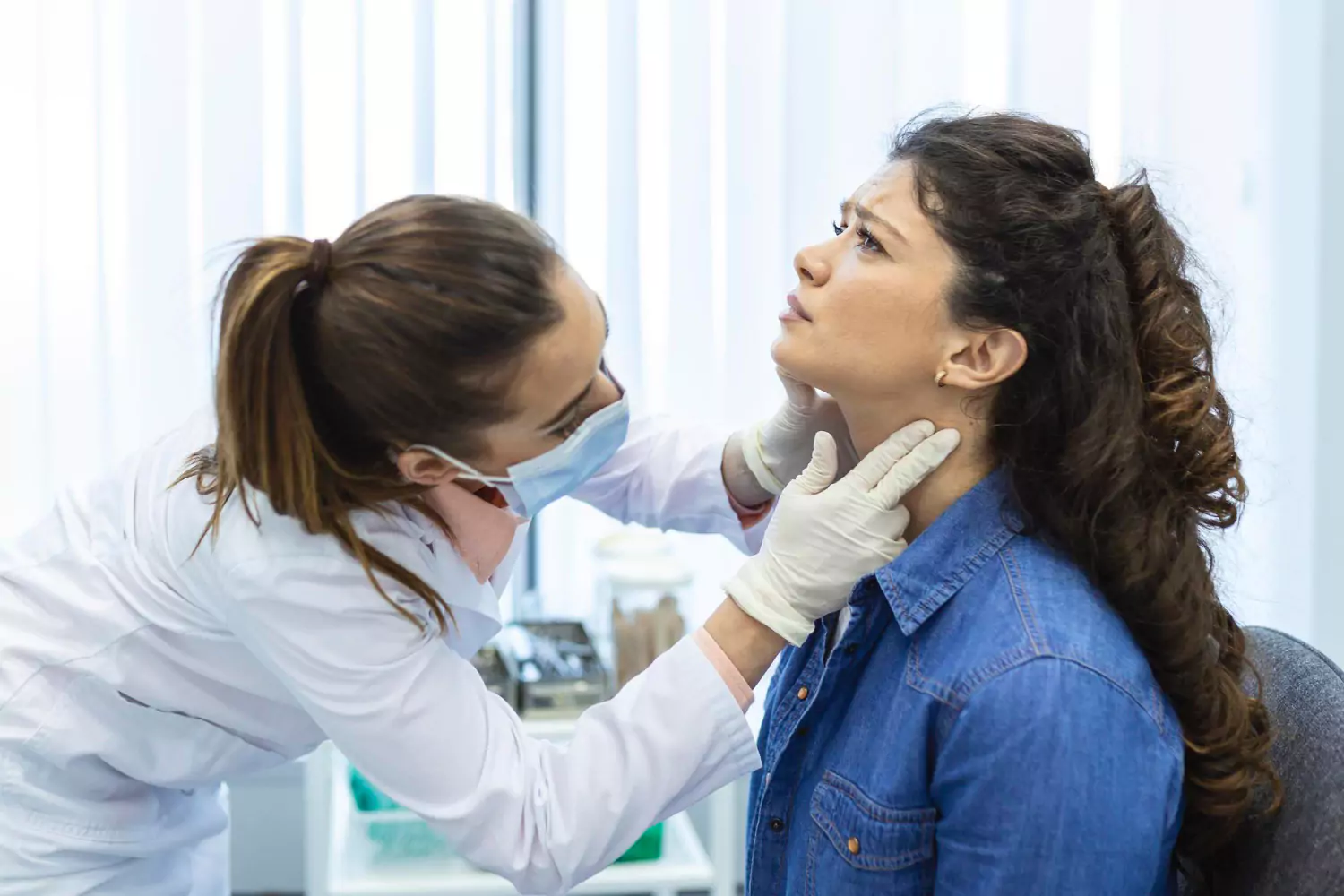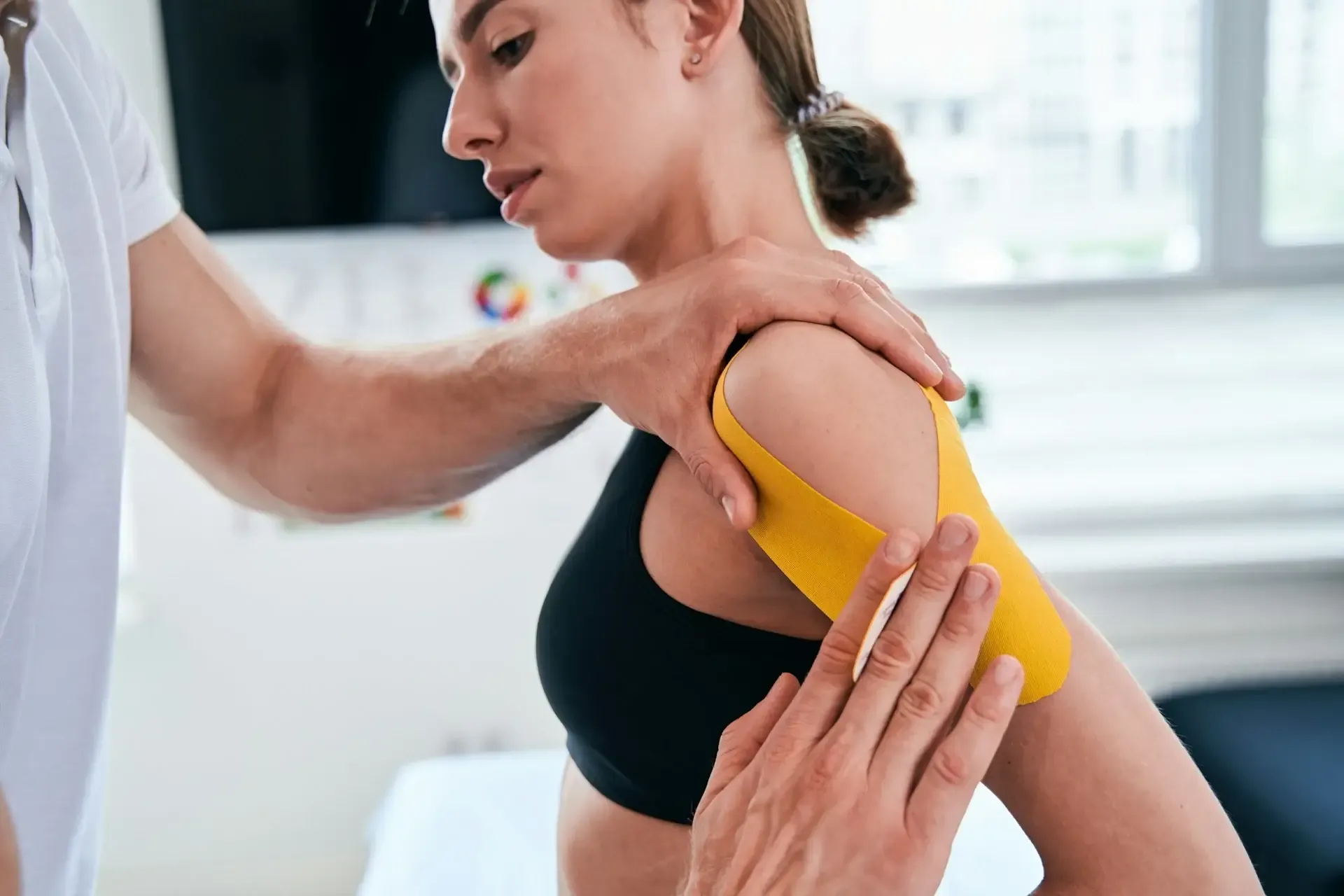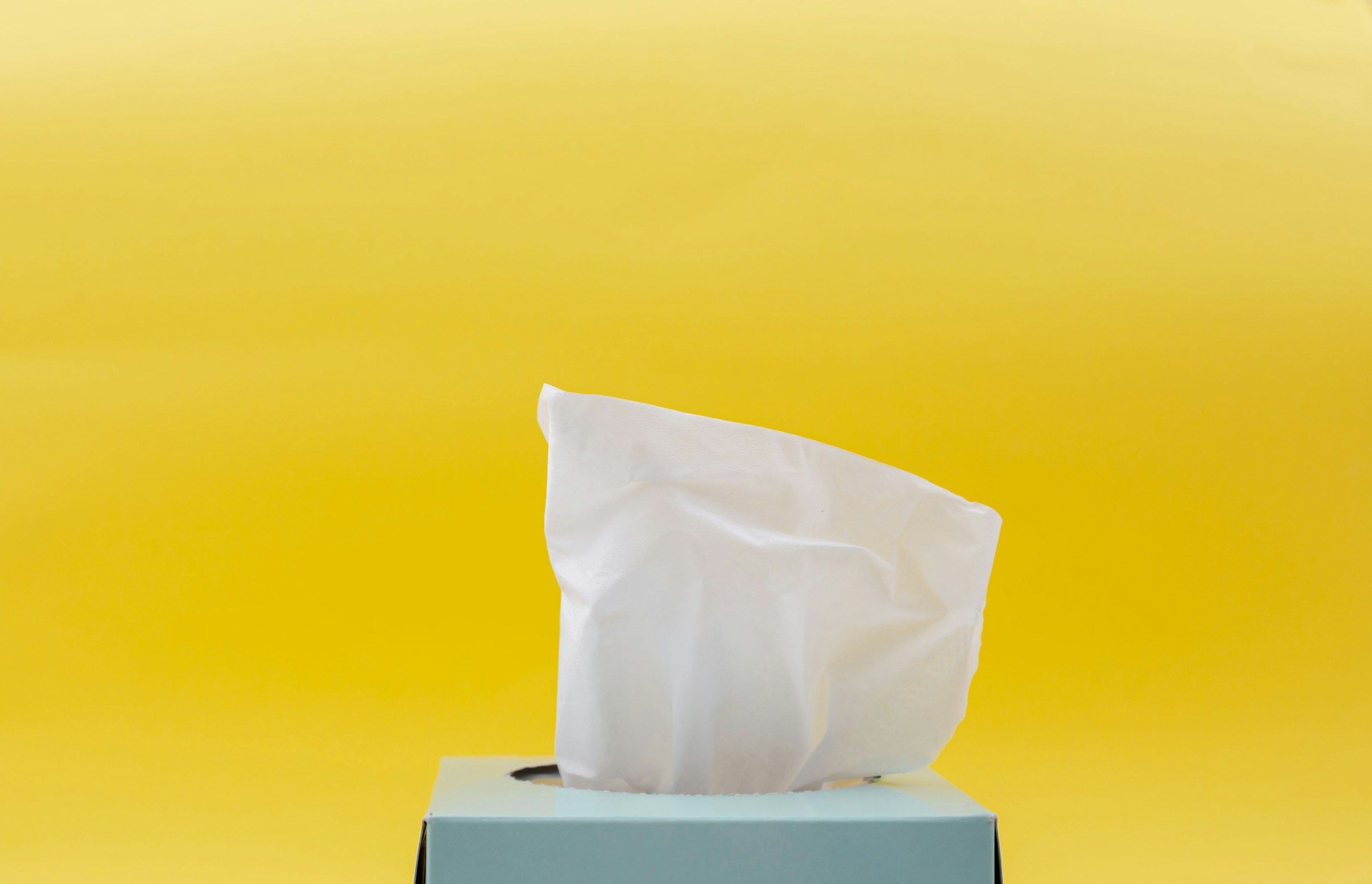What is UPPP Surgery? Procedure, Benefits, Risks, and Recovery

Tired of restless nights, loud snoring, and feeling drained all day? Not anymore!
If you or your loved one has been battling obstructive sleep apnea, you may have tried CPAP machines – only to find they’re not working for you. Maybe you’re frustrated being tethered to a device.
If that sounds familiar, UPPP surgery (uvulopalatopharyngoplasty) could be the next step toward better sleep and breathing. In this blog, we’ll cover everything about UPPP, including the procedure, before and after considerations, benefits, and risks. Let’s dive in!
What is UPPP surgery for sleep apnea?
Uvulopalatopharyngoplasty is a surgical operation to restructure, tighten, or remove extra tissues in your throat. It’s also called UPPP or UP3 surgery.
People who have obstructive sleep apnea (OSA) experience abnormal breathing. It happens when tissue within the upper airway collapses, creating an obstruction.
UPPP enlarges your airway, reduces tissue collapse, and improves breathing or snoring during sleep. During the surgery, your doctor may remove part or all of the following areas:
-
Uvula: The teardrop-shaped tissue that hangs at the back of your mouth.
-
Soft palate: The back portion of the roof of your mouth.
-
Tonsils: The tissues found on both sides of the back of your throat.
The uvulopalatopharyngoplasty procedure can be used alone or with different surgeries to treat severe OSA. This might be necessary if structural issues exist in your nasal cavity, throat, or other areas.
Who is a candidate for UPPP?
UPPP surgery is most effective for patients with specific throat anatomy and weight factors.
Doctors consider:
-
Tonsil size
-
Soft palate positioning with the tongue
-
Body mass index (BMI)
You may be a candidate if:
-
You’re over 18 years old.
-
You’re not significantly overweight.
-
You have moderate to severe obstructive sleep apnea.
-
Polysomnography shows upper airway narrowing (a sleep study that monitors heart, brain, breathing, and other key functions).
-
You can’t tolerate CPAP therapy.
-
Lifestyle changes like weight loss or changing sleep positions haven’t helped.
How successful is UPPP?
The success of UPPP surgery varies based on your anatomy and overall health.
The Friedman staging system breaks down into:
-
Stage I: Large tonsils (3-4), low palate position (1-2), and BMI under 40. Success rate: 80.6%
-
Stage II: Small tonsils (0-2) with a low palate (1-2) OR large tonsils (3-4) with a high palate (3-4). BMI under 40. Success rate: 37.9%.
-
Stage III: Small tonsils (0-2) with a high palate (3-4) or BMI over 40. Success rate: 8.1%.
UPPP is effective for Stage I patients. It’s not recommended for Stage III patients due to poor results. Stage II patients have unpredictable results, often closer to stage III. Doctors may suggest other treatments for them.
What happens during the UPPP procedure?
Here’s what to expect on the day of surgery (which lasts around 1 to 2 hours, depending on your case):
-
An IV (intravenous) line will be inserted into your arm or hand for fluids and medicines.
-
You’ll get anesthesia to make sure you won't feel pain during the surgery.
-
Your surgeon will use a special device to hold your mouth open.
-
Your head and neck will be positioned with the help of pillows to keep the airway clear.
-
The surgeon will mark the tissue that needs to be removed.
-
If your tonsils are present, they will remove them.
-
They’ll trim the soft tissue at the back of your mouth (soft palate).
-
The uvula, the dangling tissue hanging down from the soft palate may also be removed.
-
Traditional surgical instruments or heat-based tools are used to make precise cuts.
-
Wounds are closed with dissolvable stitches that disappear on their own.
-
You may receive a local anesthesia injection to help manage pain after surgery.
UPPP surgery before and after considerations
Like any medical procedure, UPPP surgery requires preparation and aftercare to ensure a smooth recovery.
Before the surgery
Inform your doctor or nurse if:
-
You have any reactions to anesthesia.
-
You have medical conditions or past procedures.
-
You have been using tobacco, e-cigarettes, or alcohol.
-
You’re taking any supplements or medicines, especially blood thinners.
-
You have an upper respiratory infection such as a cold, flu, or fever.
-
You’re pregnant or could be pregnant.
Your doctor may ask you to:
-
Stop taking blood thinners, over-the-counter medicines, herbs, and other supplements.
-
Quit smoking and using tobacco products, as they slow your healing process.
-
Bring your CPAP machine and follow instructions for its use before surgery.
After the surgery
-
You’ll likely stay in the hospital overnight for monitoring.
-
The care team will ensure you can swallow and breathe safely before discharge.
-
Your throat will be very sore. Swallowing may be difficult for a while.
-
You’ll receive pain-relief medicines and a list of precautions to follow.
-
Difficulty eating or drinking may last about 5 days. Stick to soft food and cold liquids.
-
Avoid spicy, acidic, hot, or crunchy foods that could irritate your throat.
-
Sleep with your head elevated to reduce swelling and breathe easily.
-
Get plenty of rest and walk a little each day to improve circulation.
-
Limit exercise, heavy lifting, or jogging for the first 2 weeks.
How long does your recovery take?
Recovery from UPPP surgery usually takes 2 to 3 weeks. But you may need up to 6 weeks for complete healing. It depends on how much tissue was removed or how extensive the surgery was.
During the recovery time, it’s normal to experience an increase in throat pain. Most people return to work or usual activities when they feel better, usually after 1-2 weeks. Over the next 3-6 weeks, airflow improves.
Your doctor will schedule a follow-up appointment to discuss any side effects that may have developed.
How long does UPPP surgery take?
The surgery takes about 60 minutes but may last up to 2 hours in certain cases. The time depends on what tissue needs to be removed or restructured. You may need additional procedures to address other structural issues causing sleep apnea.
UPPP can include different variations. These involve folding the uvula under the soft palate (uvulopalatal flap) or adjusting the soft palate by removing part of the hard palate (palatal advancement pharyngoplasty). Surgeons might need to reinforce the airway walls (expansion sphincter pharyngoplasty). The complexity of these procedures affects the UPPP surgery time.
Pros and cons of UPPP surgery
Before planning on UPPP surgery, discuss the pros and cons with your doctor to set realistic expectations.
Pros
Uvulopalatopharyngoplasty (UPPP) surgery has helped many individuals with obstructive sleep apnea improve their quality of life. In one study, about 70% of patients saw more than 50% reduction in their sleep apnea symptoms. Moreover, 87% of patients reported a reduction or complete stop in snoring after the surgery.
While the benefits of UPPP vary from person to person, here’s what many experience:
-
Restful naps
-
Easier breathing
-
Fewer times waking up at night
-
Less daytime sleepiness or tiredness
-
Fewer chances of accidents while driving
-
Lower risk of cardiovascular complications such as heart failure and abnormal heart rhythm.
Cons
Like other surgical treatments, UPPP comes with risks, including:
-
Dryness or dehydration
-
Post-surgical pain, bleeding, and infection
-
Muscle damage in the throat and soft palate
-
Liquids may enter the nose while drinking
-
Nasal or high-pitched voice for a short time
-
Snoring or sleep apnea symptoms may return over time
-
You may still need to use the CPAP device
Do people experience long-term side effects of UPPP Surgery?
Yes, some people experience long-term side effects after UPPP surgery. One common issue is an increased risk of liquids going down the wrong pipe since the uvula helps prevent this. You’ll need to be more careful while drinking and avoid chugging water in a rush.
Another side effect can be speech changes, like having trouble pronouncing certain sounds, such as “S”. Over time, these issues become manageable and don’t affect daily life much.
Is UPPP surgery painful?
Yes, it takes a while to heal from the UPPP post-operative pain. You’ll experience burns while drinking water or even swallowing your spit. Your doctor may give strong medications like liquid hydromorphone and T3. They’ll help manage your pain if you stick to the drug schedule.
Still have questions about uvulopalatopharyngoplasty? Contact QCG now to connect with top sleep experts and explore treatment options abroad.

